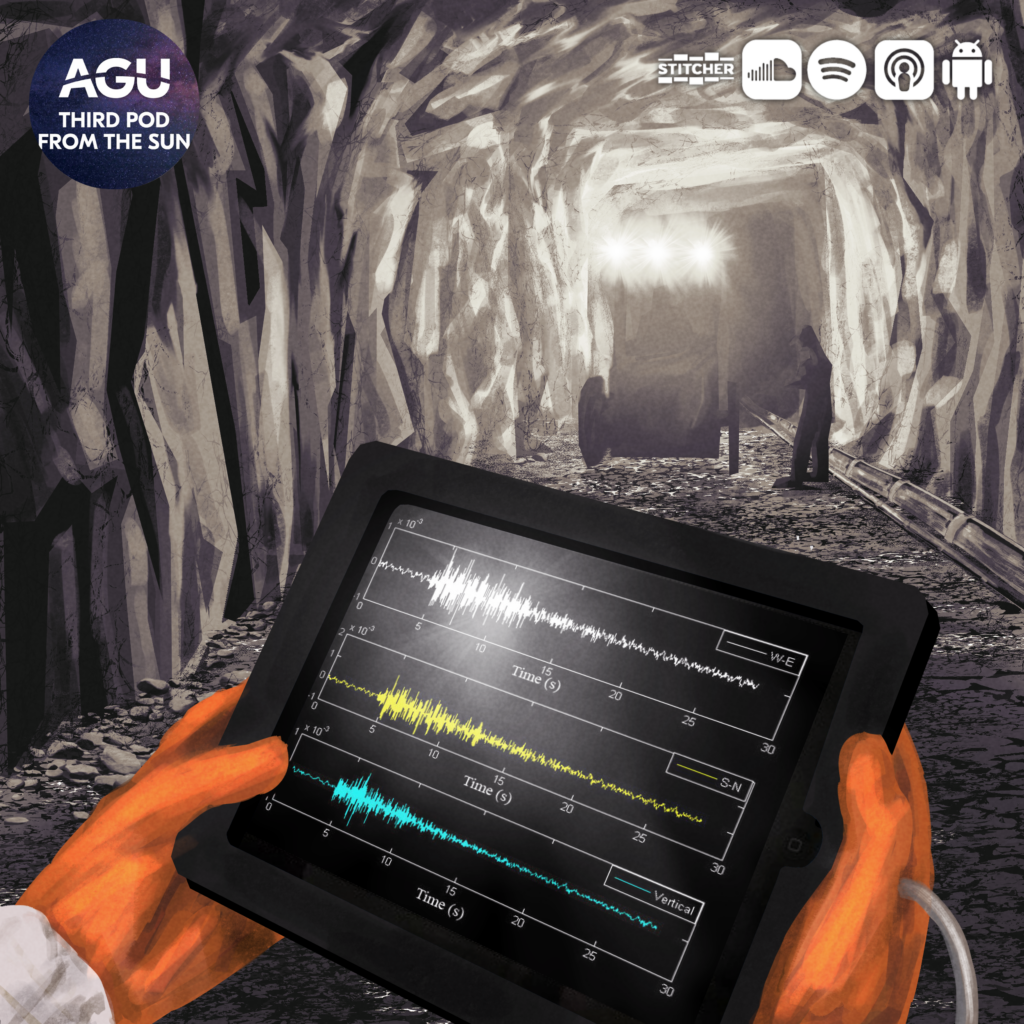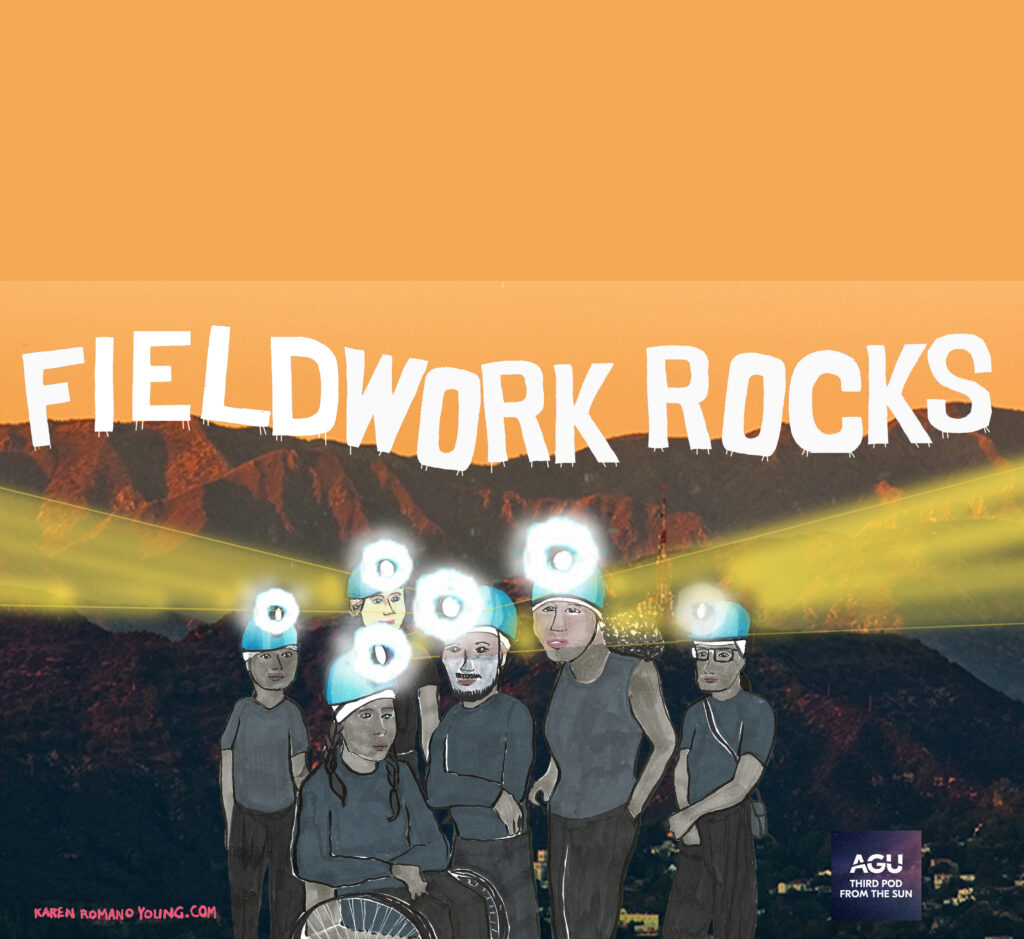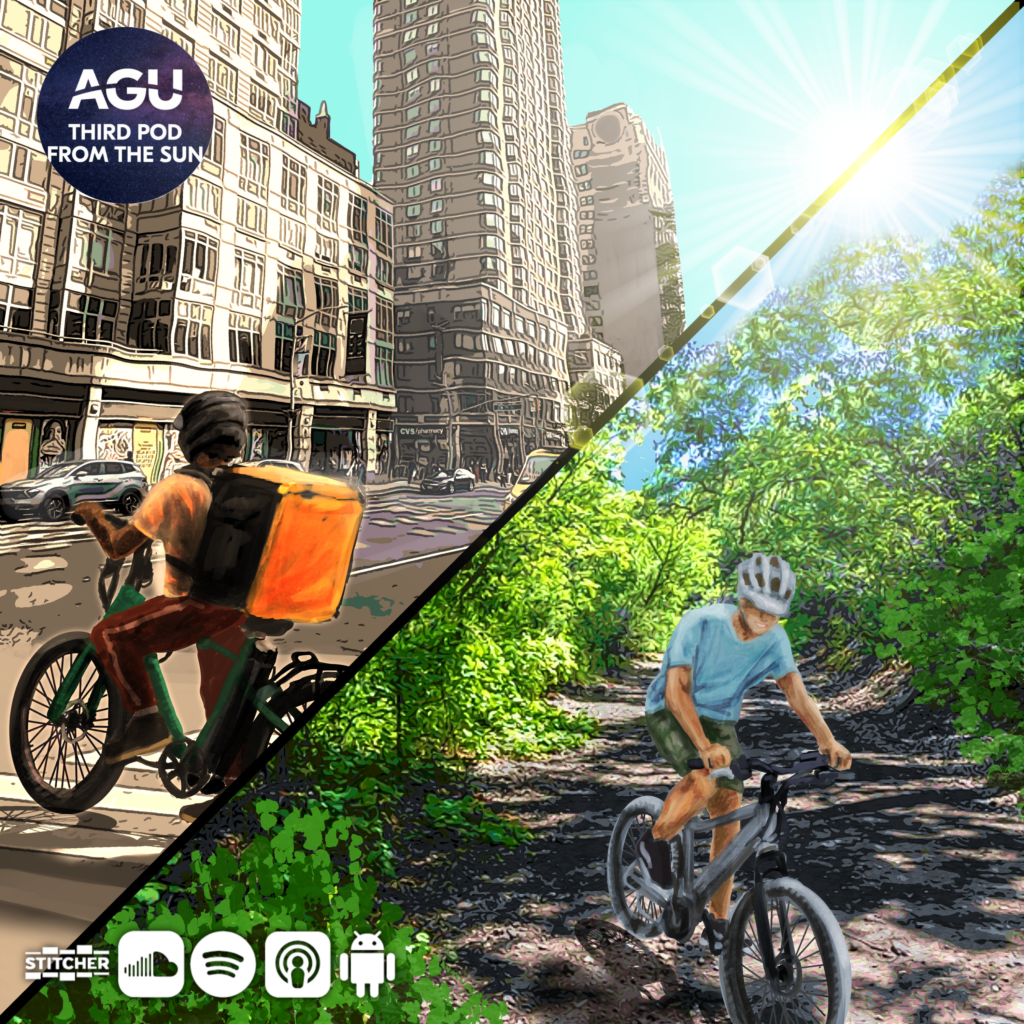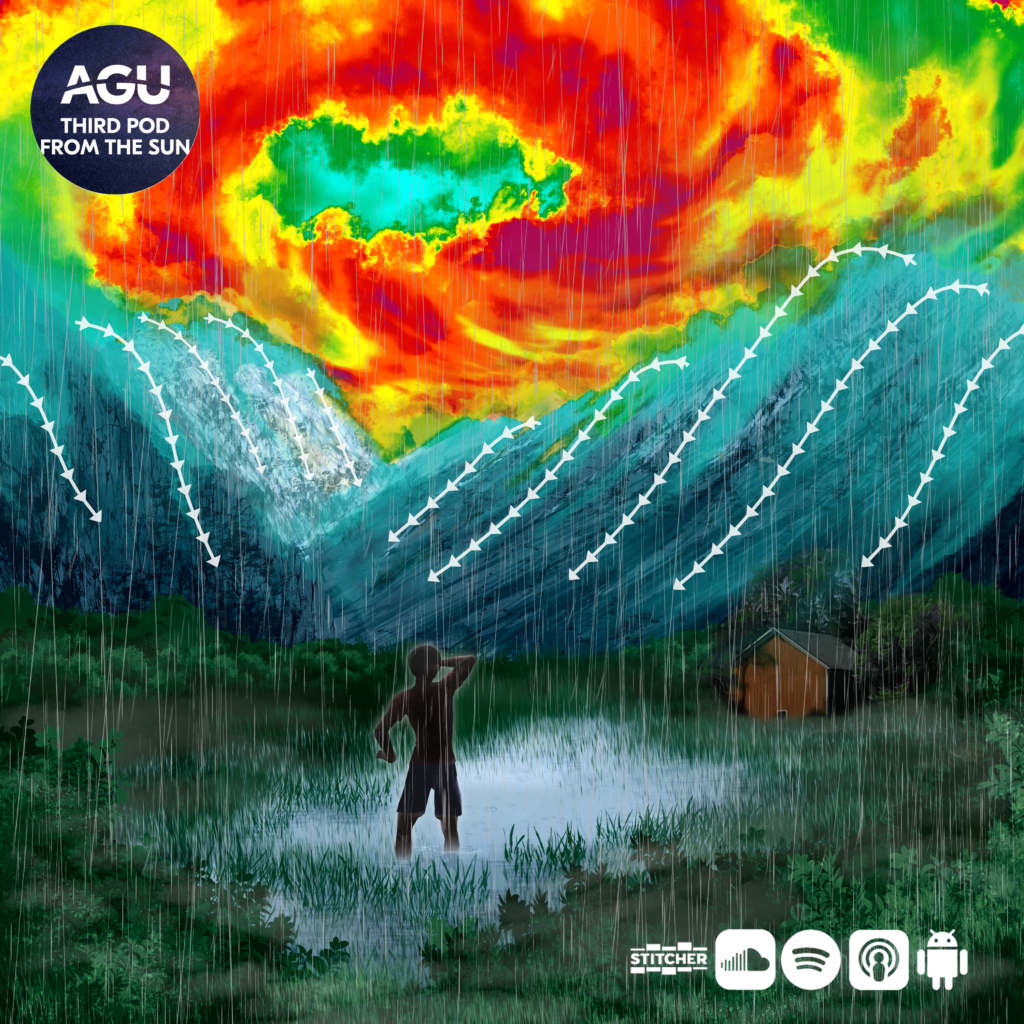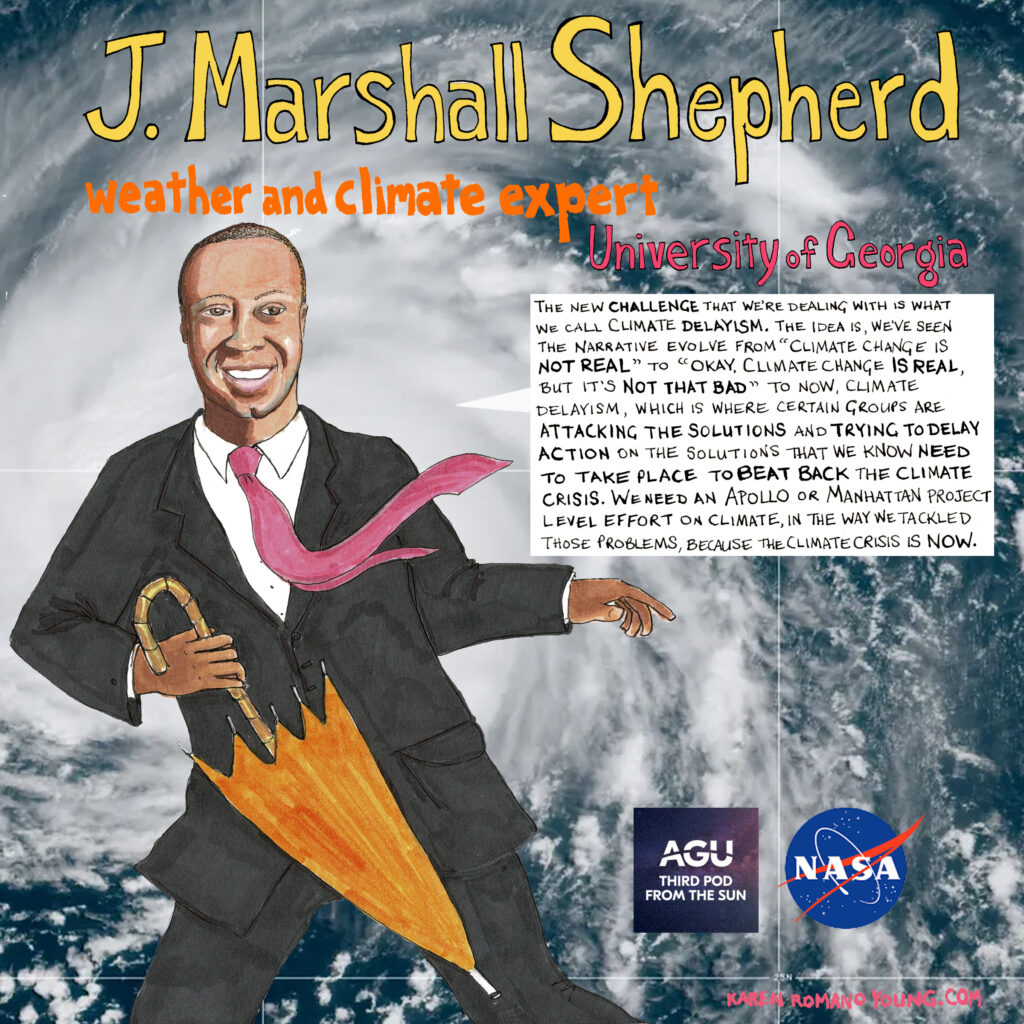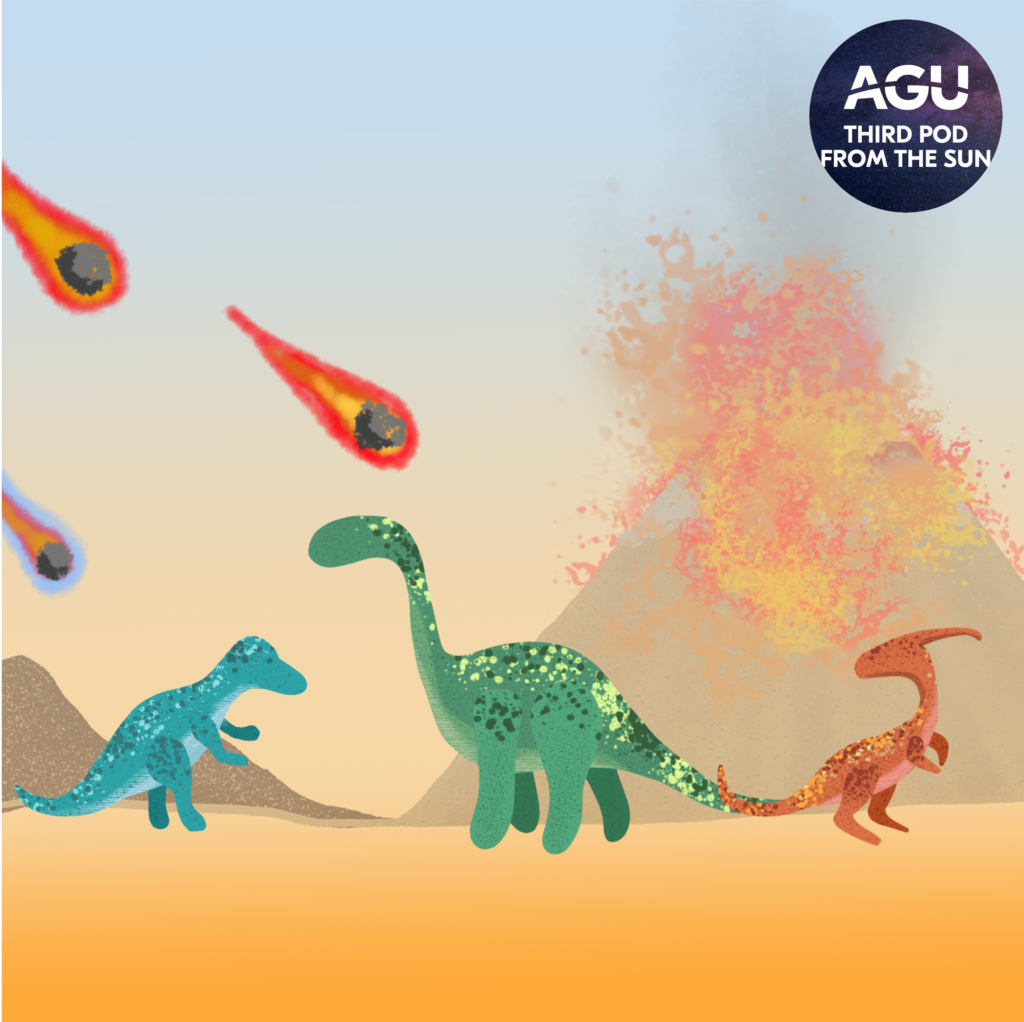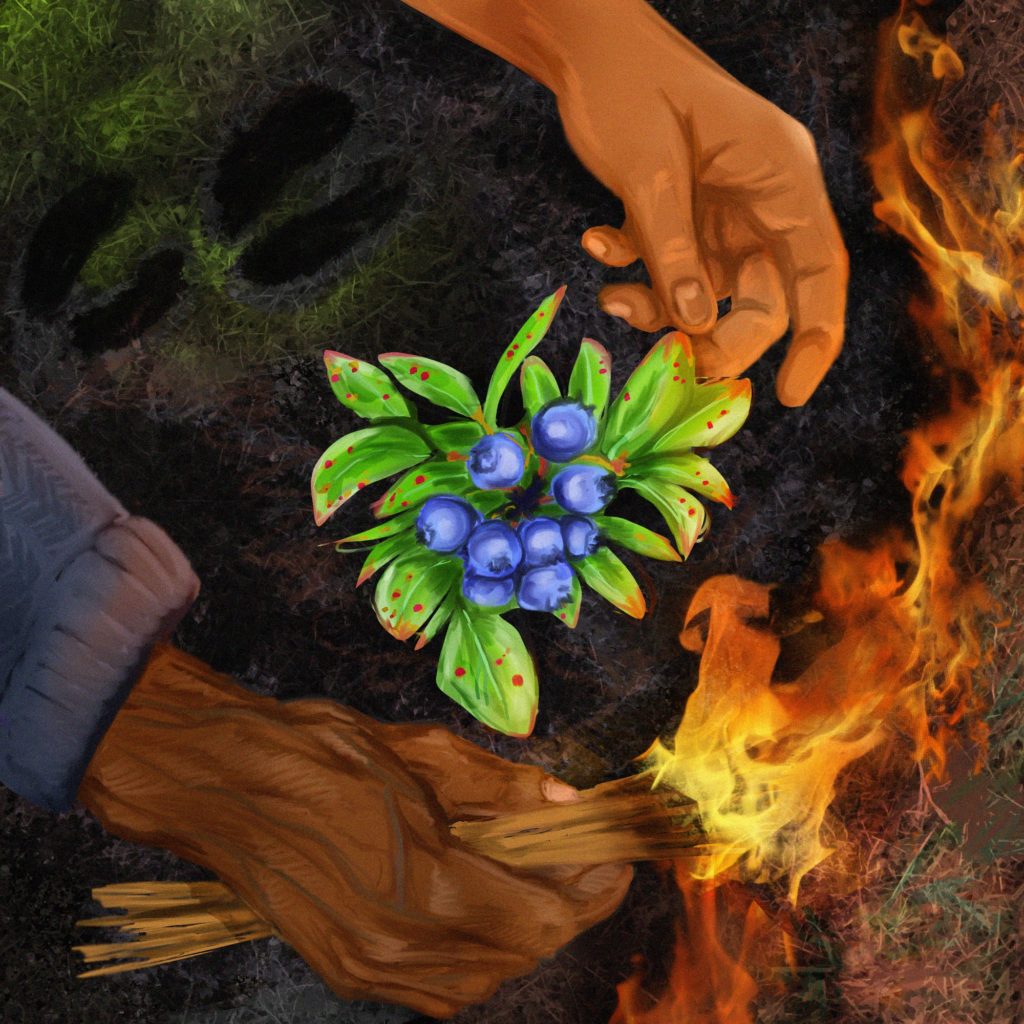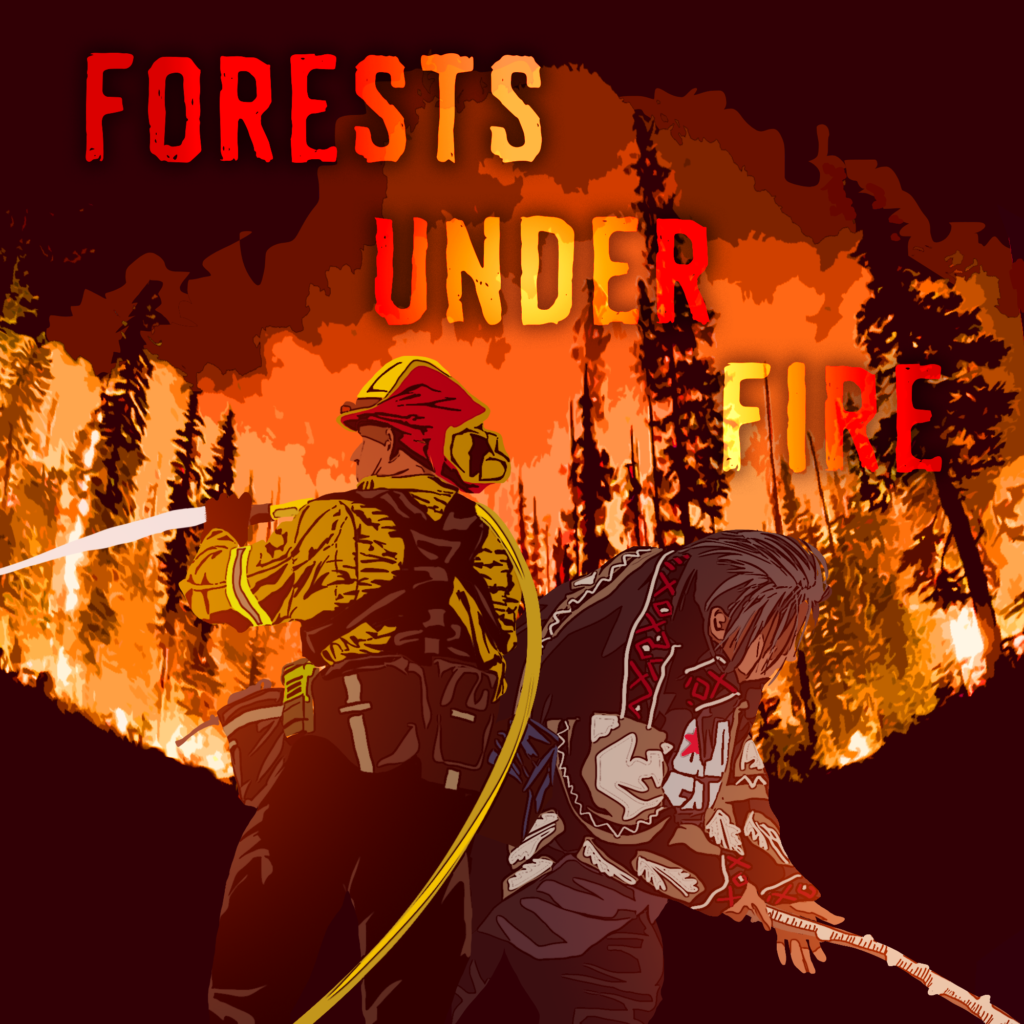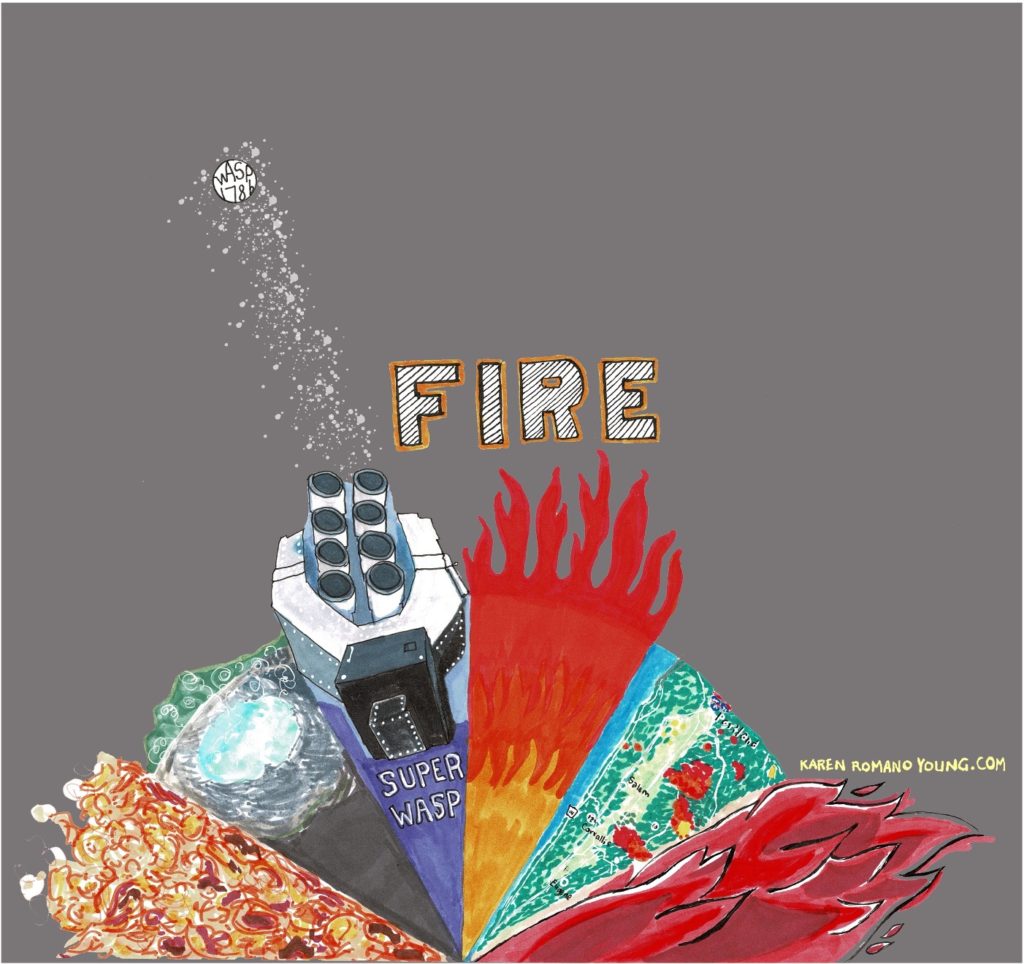Posts Tagged ‘Natural Hazards’
Fieldwork rocks: From sea to quaking sea
Seismologist Margaret Boettcher has ventured to the depths of South African gold mines and the middle of the Pacific Ocean in a quest to find earthquakes that are predictable enough to measure and simple enough to understand.
Read MoreFieldwork rocks
It’s that time of year again where many scientists head out into the field, from far-flung locations to local backyards. In recognition of the lengths that some scientists go to to get answers to questions that only the field can provide, we’re sharing stories of science from quaking earth, to roaring winds, to choppy seas, and beyond!
Read MoreSolving for climate: The silent killer in your urban backyard
Cities are hotter due to concrete and asphalt absorbing and retaining heat, less tree cover, AC units pumping out hot air, and more. Most worrying is how hot it remains at night, when bodies are trying to cool down and recover from hot daytime temps.
Read MoreSolving for climate: Do go chasing hurricanes
Jane Baldwin is a storm chaser, only her mode of chasing is computational modeling using multiple streams of data. As an Assistant Professor of Earth System Science at UC Irvine, she models how hurricanes and other natural hazards respond to atmospheric dynamics.
Read MoreOne giant leap: For meteorology & climate communication
As a leading international expert in weather and climate and Georgia Athletic Association Distinguished Professor of Geography and Atmospheric Sciences at the University of Georgia, James Marshall Shepherd knows a lot about climate, and just as importantly, how to talk about it.
Read MoreYour favorites: Dinosaurs, a big rock, and…climate change?
When you hear the word “extinction,” chances are you probably think of the extinction of the dinosaurs and a big rock. But did you know that there were other factors at play that lead to that extinction including volcanos and sea-level rise?
Read More30-Fire: Bringing fire back to the land
Fire is a part of life for many indigenous groups, but for decades cultural burning was restricted and even criminalized. Now, fire is being brought back to the land by indigenous groups to help prevent big blazes, create resilient ecosystems, and provide resources for indigenous communities.
Read More25-Fire: Forests under (mega)fire in the Pacific Northwest
Climate change is accelerating as human-made greenhouse gasses continue to warm our atmosphere. Megafires certainly evoke climate change doomsday feelings, but are these types of fires new to the PNW or were similar instances occurring prior to 2020?
Read MoreHalloween special: Sasquatches & mermaids
We’ve all heard stories about fantastical creatures that people swear they’ve seen and have evidence of but can never be confirmed. Think Bigfoot or the Loch Ness monster. Mermaids or the Kraken. While there’s no evidence backing the existence of these creatures, either in present day or at any point in the past, there must be a reason why such legends were created in the first place. In most cases, the legend in grounded in fact.
Read More24.5-A podcast of fire and ice
As the leaves change and temperatures cool, head inside, fire up your headphones, and get ready for hot-podcast fall as share stories about, well, fire. Join us over the next six weeks to hear stories about wildfires, volcanoes, fire in space, and on other planets, indigenous fire knowledge, and…fireflies!
Read More
